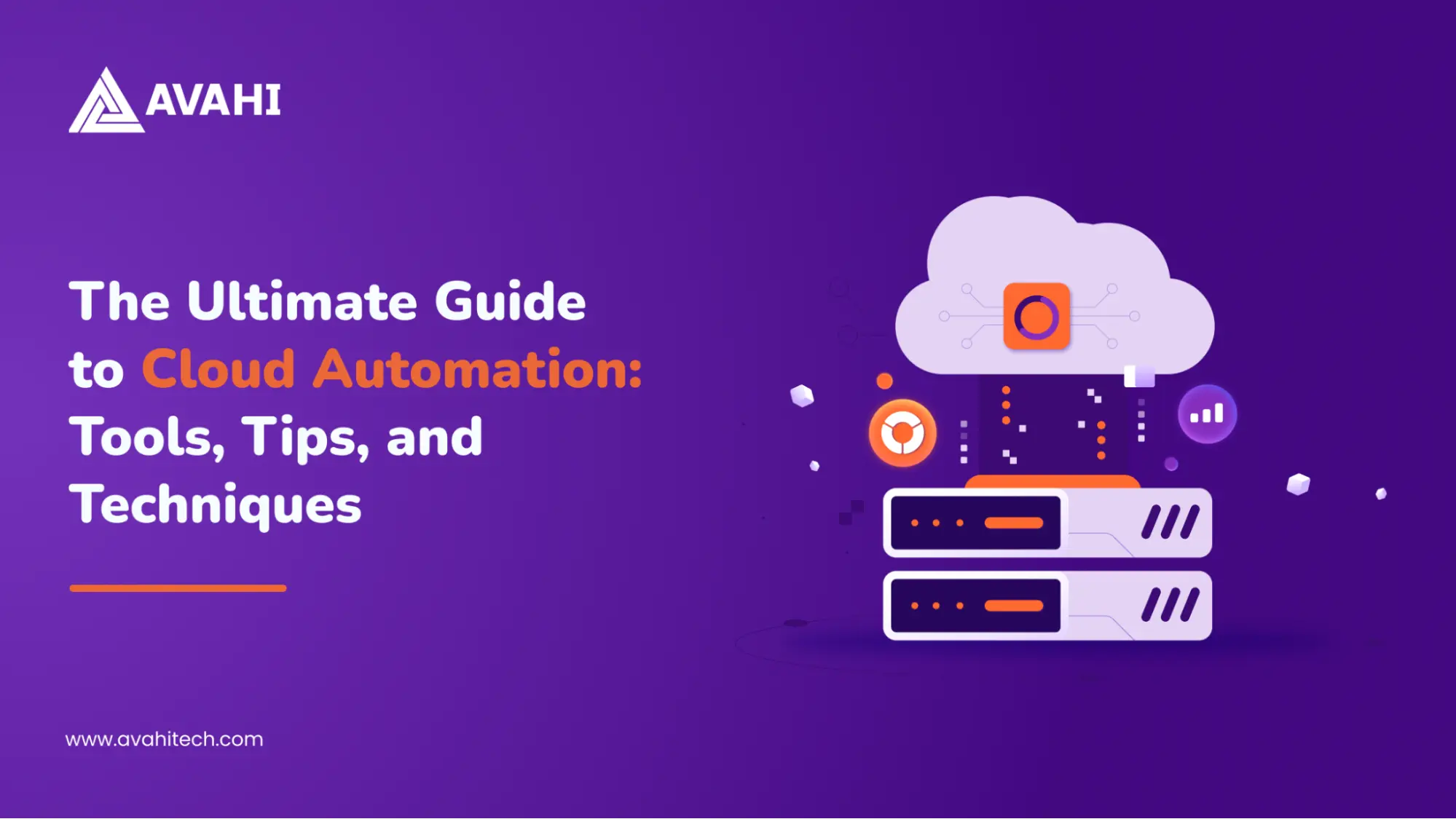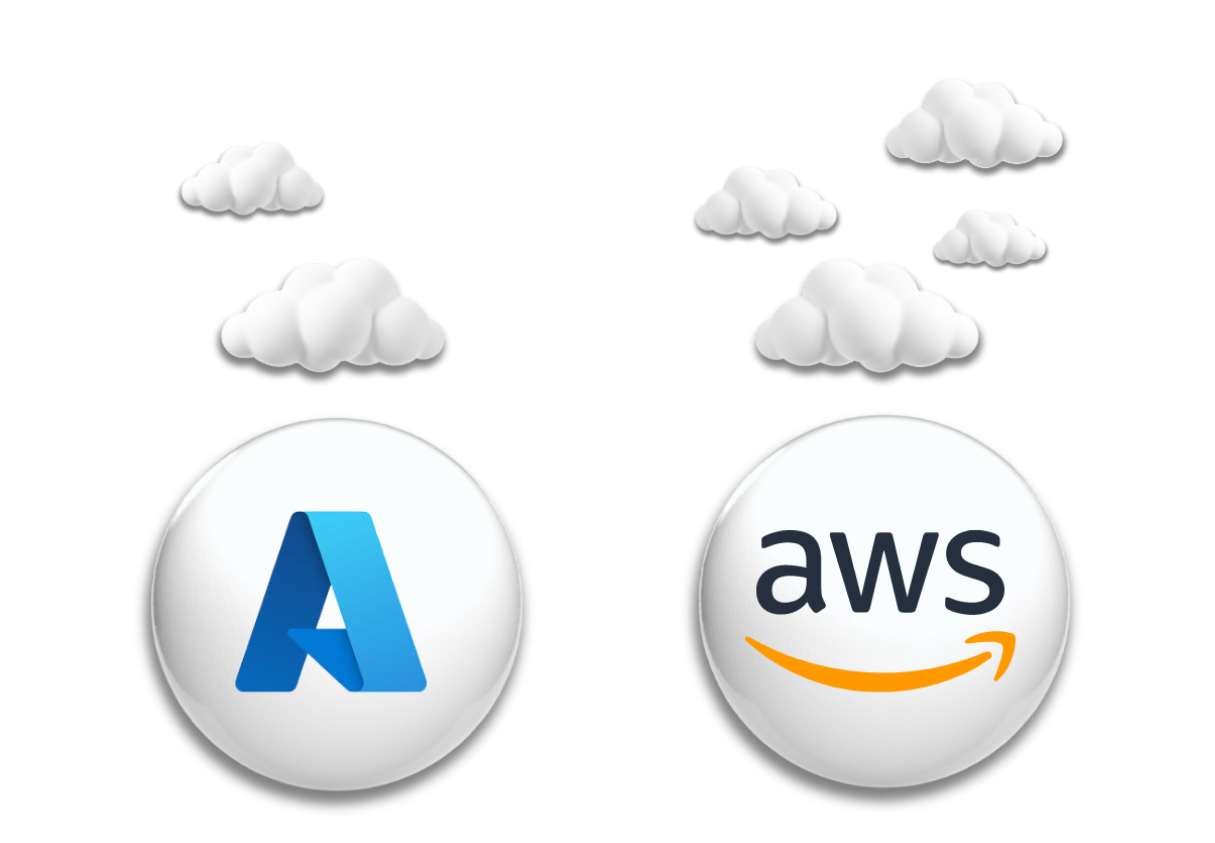Cloud automation is a top investment for businesses, as it greatly improves their operations and innovation. As more companies use cloud services, they face complex challenges in managing multiple cloud providers.
Cloud automation simplifies this by using tools like setting up virtual machines, deploying applications, and managing security automatically. This helps businesses reduce costs and save time, as manual management of cloud resources is slow and often inaccurate. Cloud automation reduces manual work, allowing companies to focus more on innovation and growth. This blog will explain cloud automation’s tools, tips, and techniques and show how it can transform business operations by making them more efficient and agile.
What is Cloud Automation?
| Cloud automation uses specialized tools and processes to minimize or eliminate the manual tasks of managing and provisioning cloud computing services. This technology is applicable across various cloud environments, including public, private, and hybrid clouds. |
Cloud automation supports scalable, on-demand resource utilization and is integral to effective DevOps practices, helping organizations optimize their cloud infrastructure for better performance and cost-effectiveness.
The Benefits of Cloud Automation
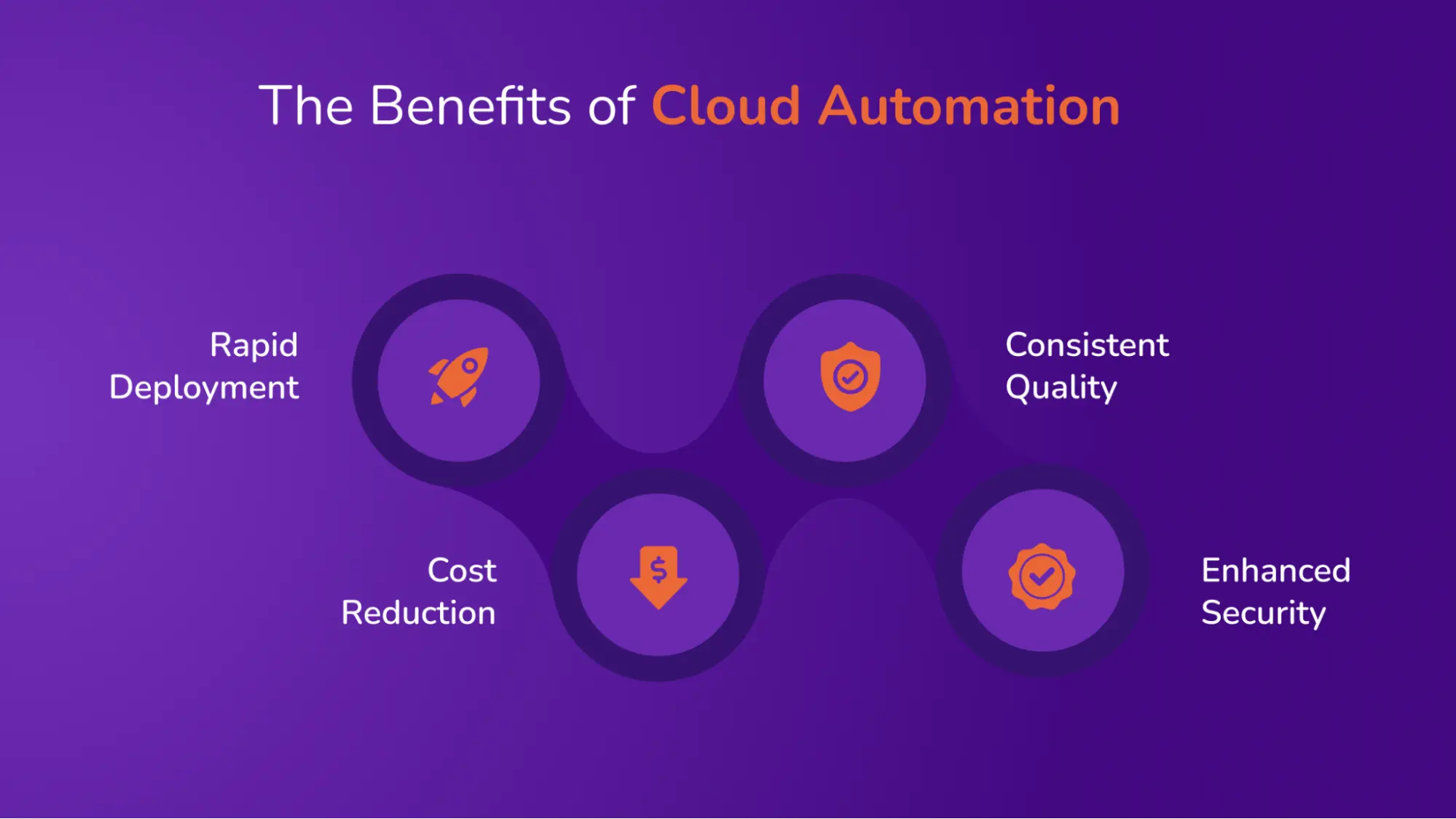
Cloud automation is transforming the way organizations manage their cloud computing resources. According to a report by Fortinet, one out of every five organizations now handles 75% of their workloads in the cloud. This significant reliance on cloud-based systems highlights the critical role of automation in efficiently managing these extensive cloud operations. Below are the main benefits of implementing cloud automation in an enterprise environment.
- Rapid Deployment
Cloud automation tools allow for the rapid deployment and scaling of resources, significantly reducing the time and labor involved in manual setups. This efficiency boosts business agility, enabling companies to respond quickly to market changes and demands.
- Cost Reduction
By automating cloud operations, organizations can optimize resource utilization, thereby reducing wastage and the expenses associated with over-provisioning and manual labor. This streamlined management helps cut operational costs.
- Consistent Quality
Automating workflows ensures that operations are performed uniformly, reducing the likelihood of human error and enhancing system reliability. This consistent execution helps maintain the quality and stability of cloud services.
- Enhanced Security
Cloud automation supports better security practices by automatically managing patches, updates, and configurations. This proactive approach to security reduces vulnerabilities and protects data from threats, making cloud environments safer.
These benefits illustrate why cloud automation is crucial for modern enterprises. It gives them the tools to manage complex cloud environments efficiently and securely.
Important Terms in Cloud Automation
Here’s a list of essential terms used in cloud automation, designed to clarify their roles and interconnections in a formal yet accessible tone.
1. Cloud Infrastructure
Cloud infrastructure comprises hardware and software components such as servers, storage solutions, networking hardware, and virtualization software. These components collectively support the operations of cloud computing models, enabling the delivery of computing services over the Internet.
2. Cloud Environments
- Public Cloud: Services are offered over the public internet and are available to anyone willing to purchase them.
- Private Cloud: Infrastructure dedicated to a single organization, not shared with others, offering greater control and security.
- Hybrid Cloud: This type of cloud combines public and private clouds, allowing data and applications to be shared for greater flexibility and optimization of existing infrastructure.
- Multi-Cloud: This approach involves using services from multiple cloud providers. Various IaaS, PaaS, or SaaS services can be included from different vendors to avoid reliance on a single provider.
Increasingly, enterprises are adopting multi-cloud or hybrid cloud strategies instead of limiting themselves to solely public or private cloud approaches.
3. Cloud Orchestration
Cloud orchestration refers to coordinating various automated tasks into a cohesive process. It simplifies complex IT operations by managing multiple automated activities across one or more software platforms.
4. Hybrid IT Environment
This environment integrates cloud services (either public or private) with on-premises traditional systems (such as mainframes or server-based systems). It allows organizations to leverage their existing on-premises technology alongside cloud innovations.
5. Cloud Meta-Orchestration
Meta-orchestration solutions provide a unified platform for managing different automation tools, including cloud-based schedulers, open-source schedulers, and legacy systems focused on on-premises operations.
These terms form the foundation of cloud automation, helping professionals navigate the complex space of cloud computing and leverage its full potential for improved efficiency, scalability, and security.
The Difference Between Cloud Automation and Cloud Orchestration
Cloud automation and cloud orchestration are critical components in managing cloud environments, but they are often misunderstood and used interchangeably. Clarifying the distinct roles and functionalities of each can help organizations optimize their cloud infrastructure more effectively.
Cloud automation involves automating individual tasks within a cloud environment.
- This includes the automatic provisioning, configuration, management, and scaling of cloud resources such as virtual machines, storage, and networking services.
- Cloud automation aims to minimize manual intervention, thereby reducing the risk of errors and increasing efficiency. It simplifies repetitive tasks, ensuring they are performed quickly and consistently.
Cloud orchestration extends beyond automating separate tasks to managing the interconnections and interactions between these automated tasks.
- Cloud orchestration involves organizing and coordinating multiple automated processes to function in a unified, systematic manner.
- It ensures that the entire workflow—from deployment to operation and scaling—is streamlined and operates seamlessly. This is crucial in complex environments like multi-cloud systems, where different cloud services must work together effectively.
Example
In managing an e-commerce platform, cloud automation is used to independently handle tasks like deploying web and database servers, setting up inventory management systems, and integrating payment gateways.
Cloud orchestration, on the other hand, coordinates these tasks to ensure smooth operations. It sequences deployments—ensuring the database is ready before the inventory system goes live—manages resource scaling during high-traffic events and oversees interdependencies to prevent disruptions during updates. Orchestrating health checks and automated recoveries also ensures the platform remains robust and responsive, enhancing overall efficiency and the user experience.
The Essential Tools for Cloud Automation
Cloud automation is critical for efficient cloud management, and selecting the right tools can make a significant difference. Here’s a concise overview of some essential tools for automating cloud operations.
AWS CloudFormation
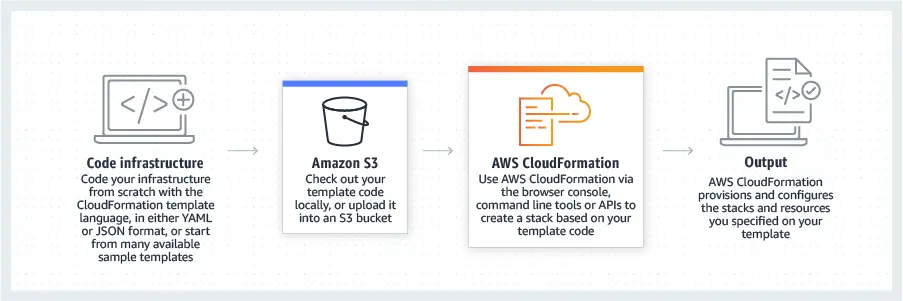
A service offered by Amazon Web Services, AWS CloudFormation allows you to automate and orchestrate all processes and resources for your software deployments. It uses YAML or JSON configuration files to manage the automation of cloud resources, simplifying complex deployments.
Google Cloud Deployment Manager
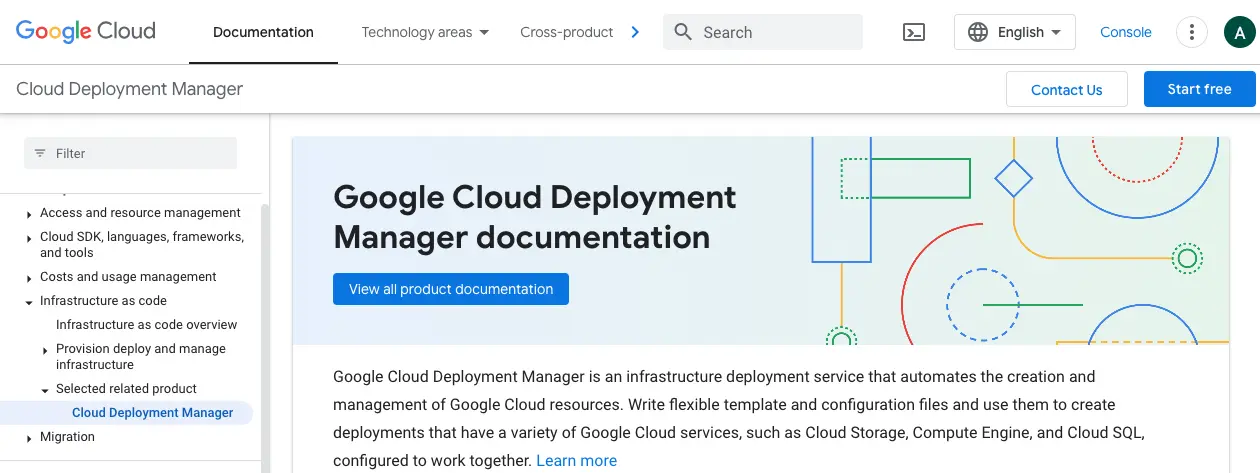
As Google’s solution to cloud automation, Google Cloud Deployment Manager allows users to implement Infrastructure as Code (IaC) using simple templates. It supports many Google Cloud platform resources and services, facilitating comprehensive automation across the ecosystem.
Azure Automation
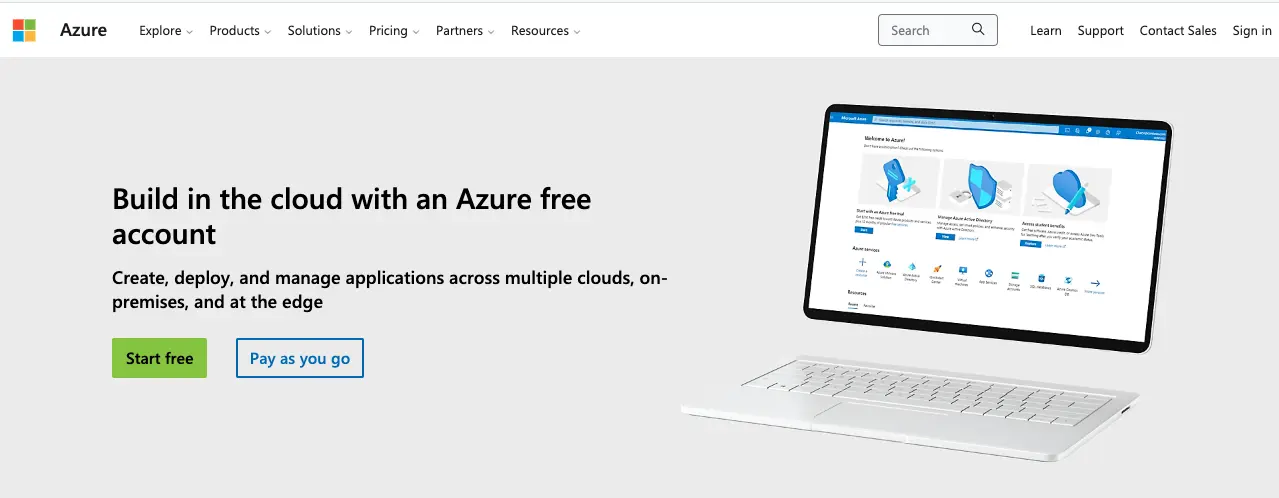
Microsoft offers Azure Automation, which extends cloud automation capabilities to Azure-based resources and non-Azure environments. This tool is useful for tasks such as file configuration, service management, and automatic scaling, enhancing operational flexibility.
Tools for Configuration Management and Automation
Ansible, Puppet, and Chef are leading open-source tools essential for managing configurations, deployments, and automating tasks. These tools greatly simplify the management of servers and applications while ensuring consistency across different environments. Each is designed to help IT teams streamline operations and maintain high standards across complex infrastructures.
- Ansible by Red Hat: Known for its simplicity and user-friendly approach, Ansible uses YAML playbooks to automate complex IT tasks without requiring agents. It relies instead on SSH for communication with nodes.
- Puppet Enterprise: Puppet is renowned for its robust enforcement of consistency and compliance across extensive server environments. It uses declarative language to define and maintain the desired state of infrastructure.
- HashiCorp Terraform: Terraform stands out for its infrastructure-as-code capabilities, allowing users to efficiently manage and provision infrastructure across various service providers with just a few configuration files.
These tools are pivotal in the DevOps ecosystem, helping organizations streamline their operations and maintain high standards of reliability and consistency in their cloud environments.
Best Practices for Cloud Automation Technologies
Here’s a breakdown of effective strategies to optimize cloud automation processes.
- Enhance Cross-Environment Visibility
In multi-cloud or hybrid cloud settings, achieving comprehensive visibility is often challenging due to the limitations of vendor-specific tools. Opt for cloud management or monitoring platforms that aggregate data from various sources into a single dashboard.
- Implement Strategic Autoscaling
Manual resource scaling is not only time-consuming but also prone to inefficiencies. Set up auto-scaling mechanisms that automatically adjust resources based on real-time needs. This ensures optimal performance and resource utilization, preventing both overuse and underuse.
- Streamline Resource Management with Effective Tagging
Utilize tags to organize and automate cloud resource management efficiently. Tags provide valuable metadata, helping categorize resources by project, owner, or environment criteria. Standardizing tags through automation tools like Terraform and Ansible simplifies future resource searches and management tasks.
- Optimize Cost Management Through Automation
In cloud environments, especially multi-cloud setups, cost management can be complex. Implement automated tracking systems and alert policies to monitor and optimize spending. These systems can alert you to unusual spikes in usage and help manage resources more effectively, avoiding unnecessary costs.
Essential Use Cases for Cloud Automation and Orchestration

Cloud automation and orchestration enhance efficiency and streamline operations across various IT environments. Here are some key use cases, each illustrating how these technologies can be applied effectively in different scenarios, accompanied by hypothetical examples for clarity.
- Multi-Cloud Orchestration
This use case involves centralizing the automation and scheduling of workloads across various cloud environments, including major public clouds like AWS, GCP, and Azure, as well as SaaS tools and cloud-native databases.
Example: A global retail company automates its inventory management systems across AWS and Google Cloud, ensuring real-time data synchronization and reducing manual oversight.
- Seamless Data Transfer
Automating data transfers across cloud and on-premises environments enables seamless data flow without manual handling or intermediate storage.
For example, a healthcare provider automates patient data transfer between its on-premises data centers and multiple cloud-based analytics platforms, ensuring compliance and timely access to patient insights.
- Cloud Infrastructure Automation
Automation in cloud infrastructure involves using various tools to provision, configure, and deploy infrastructure elements efficiently across cloud platforms.
Example: An e-commerce company uses Terraform to automate the setup of its cloud environments during peak sales periods, rapidly scaling its infrastructure to handle increased traffic.
- Simplifying Cloud Migrations
Centralizing automation helps manage the transition from on-premises systems to cloud-based services, enabling a smoother integration of legacy systems with modern cloud solutions.
A real-world example of simplifying cloud migrations through centralizing automation is the case of Capital One. This major U.S. bank transitioned its customer service applications to Amazon Web Services (AWS). Capital One used AWS’s cloud services and orchestration tools to automate and manage the migration of their critical banking applications from on-premises systems to the cloud. This strategic move enabled them to enhance the performance and reliability of their services without disrupting customer interactions.
- Container Deployment
This use case focuses on deploying containers and automating operations, ensuring connectivity and efficient management of microservices architectures.
Example: A software development firm automates the deployment of microservices across Kubernetes and AWS, streamlining development pipelines and improving deployment times.
- Mainframe Modernization
Companies modernize legacy mainframe systems by moving them to cloud platforms, using automation to facilitate the transition and integration with new cloud services.
Real-life Example: Allianz embarked on a project to modernize their legacy mainframe systems by migrating to a cloud platform. They utilized Microsoft Azure to facilitate this transition, employing Azure’s automation tools to streamline the migration and integration of their systems. This move reduced their operational costs and significantly improved processing times, enabling better scalability and flexibility across their IT operations.
Each use case demonstrates the transformative potential of cloud automation and orchestration, offering businesses scalable, efficient, and secure ways to manage their IT operations.
What Lies Ahead for Cloud Automation?
As cloud computing continues to evolve, cloud automation is becoming increasingly sophisticated.
- Market Growth: The cloud automation market is projected to expand at a(CAGR) of 21.0% over the next five years, driven by the increasing demand for cost-effective data backup, storage, and security solutions.
- Cloud-First Strategies: According to Gartner, 85% of firms are expected to implement a cloud-first strategy by 2025, underscoring the strategic shift towards cloud-centric operations in the business
- Cost Optimization through Automation: A NetApp survey reveals that 82% of teams utilize automation to optimize cloud costs, highlighting its critical role in enhancing financial efficiency in cloud management.
Optimize Your Cloud Operations with Avahi
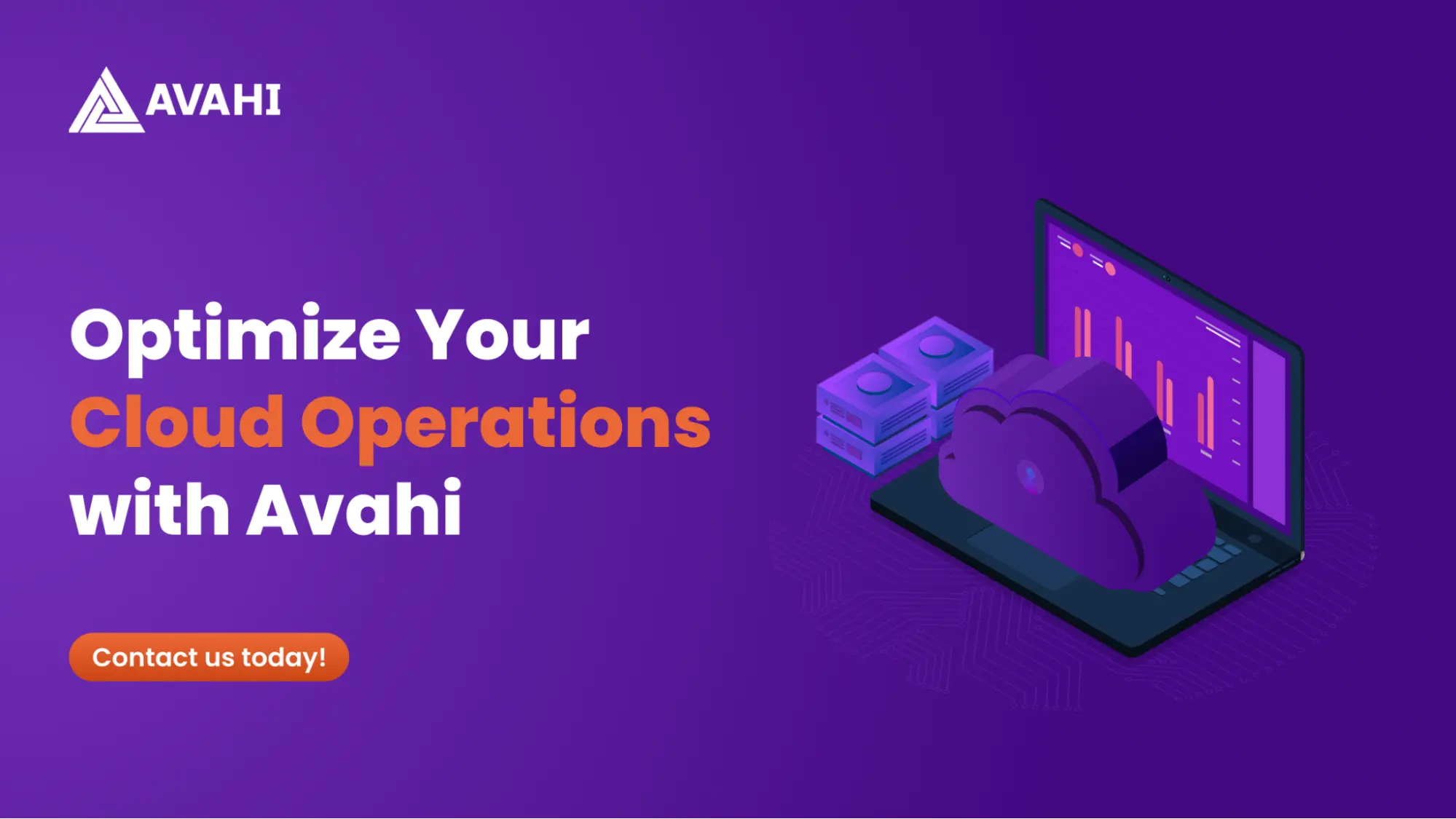
Avahi’s advanced cloud automation services help streamline business operations and enhance efficiency. Avahi specializes in AWS and offers tailored solutions that simplify complex processes, reduce costs, and accelerate deployment, ensuring your cloud infrastructure is robust and responsive.
Why choose Avahi for cloud operations?
- AWS Expertise: As a trusted AWS partner, Avahi offers extensive experience in cloud automation to leverage AWS capabilities fully.
- Staff Augmentation: Enhance your team quickly with Avahi’s skilled cloud automation professionals, experts in boosting efficiency and reducing errors.
- Efficient Migrations: Avahi provides expert automated migration strategies, ensuring seamless transitions from platforms like Azure or Heroku to AWS with minimal downtime.
Utilize Avahi’s cloud services to learn how our cloud solutions can optimize your operations and accelerate your cloud initiatives, letting you focus more on growing your core business.

